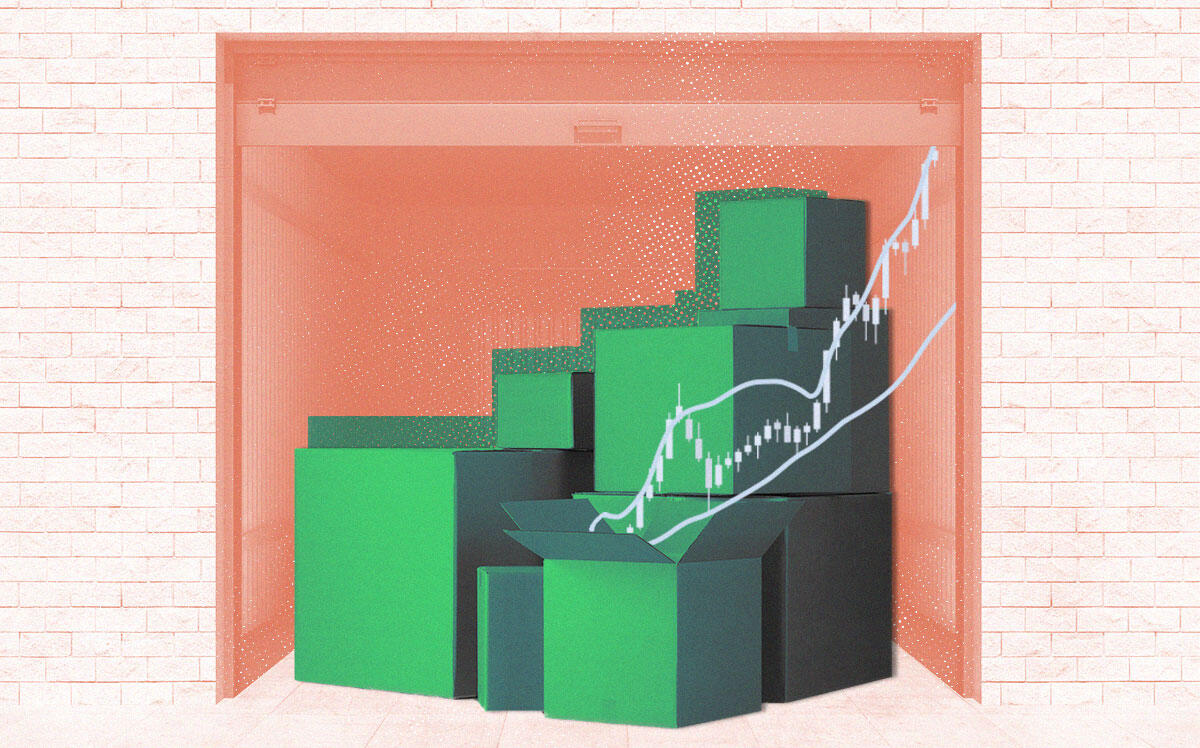Trending
Recession-proof self-storage market heads into second boom
Beneficiaries of work-from-home, the sector continues to thrive as pandemic eases

Self-storage, once regarded as a niche investment, is looking better than ever.
Occupancy rates at self-storage facilities nationwide jumped to 94.5 percent in 2021 from 91 percent from pre-pandemic 2019. Average monthly costs for a 10′ by 10′ climate-controlled storage unit rose 10.5 percent to $146.72 in the second quarter of 2021 from the same period two years earlier, according to the 2022 Self-Storage Almanac.
For self-storage companies across America, the pandemic meant a surge in business as spare rooms and garages were turned into home offices. Now there’s a second boom as people work from home, or plan to return to offices, or a combination of the two, making self-storage a durable business. While offices plan to bring back employees, the need for self-storage will be driven by people migrating into cities from rural or suburban areas, prompting the need to downsize. The rise in home prices, more likely to result in people moving to smaller spaces, may add to reasons why they want to sign up for self-storage use.
“When people think of commercial real estate, they think of apartments and office buildings, but storage has proven to be a great business and has garnered incremental capital to invest in the asset class,” said Juan Sanabria, managing director of BMO Capital Markets.
Since the start of the pandemic, the five U.S. publicly traded self-storage real estate investment trusts – Public Storage, Cube Smart, Extra Space Storage, Life Storage, and National Storage Affiliates Trust – gained an average of 142.8 percent. They outperformed the S&P 500’s return of 93.7 percent over the two years from March 16, 2020, the day after the country started shutting down businesses and schools.
The best performer was Life Storage, which jumped almost three-fold to about $134 from $49 during that period. Even the worst performer, Public Storage, which accounts for about half the $125 billion market capitalization of the five REITs, gained about 109 percent.
Self-storage firms are capitalizing on the rising tide. CubeSmart closed on a $1.7 billion acquisition of Storage West in December. The public company owned at least 1,200 properties as of late 2020 and has only expanded since then. In November, Public Storage bought the 56 self-storage facilities from All Storage for $1.5 billion, expanding its portfolio by about 36 million net rentable square feet since 2019.
The self-storage market is one of the rare industries that perform well both during good and bad times, driven by the four traditional D’s – death, divorce, downsizing, and dislocation. “Self storage executives see robust demand not only from traditional drivers but from two additional Ds: decluttering and distribution/business demand,” according to Yardi Matrix, a platform providing commercial real estate market data.
Operators are also looking to new uses for self-storage properties, including for distribution and logistics facilities. Properties near population centers “are perfectly located for last-mile delivery,” Joseph Saffire, chief executive of Life Storage, told Yardi Matrix.
The asset class also benefits from customers’ tendency to be “sticky,” an industry term for long-term users who are reluctant to switch units even when rents increase. For users, self-storage monthly payments are a small expense compared with mortgages, car payments, and school tuition, while the value of their belongings is high, said Sean Delaney, Marcus & Millichap’s senior vice president investments.
“If they’re renting a storage unit and they’ve got all their belongings, they’re not going to not pay the bill that’s arguably one of the lower expenses of the monthly budget,” said Delaney.
Pulling out from storage can also translate into higher rents because the owners can charge prices according to the current market rather than locked into a lower rate.
Developers seeking to build new self-storage facilities face high barriers to entry. Municipalities can limit where structures go, zoning approvals can take months, escalating construction costs, and supply chain difficulties combined mean it may take as much as five years before a new facility is fully leased.
That’s been good for the Storage Acquisition Group, which buys and sells existing self-storage facilities. The company eclipsed $350 million in deals last year, an increase of 25 percent from the pandemic.
“In urban areas like Chicago, where you can pay a lot less per square foot, it makes sense to just have your necessities in your living area and then have a storage facility that’s down the street.” said Monty Spencer, president of the Storage Acquisition Group.
Even with those barriers to entry, overbuilding remains the biggest threat to the sector’s continued success. It’s happened before.
The excess supply growth of self-storage starting in 2016 pushed up vacancy rates through 2019 with the Southwest part of the country reaching almost 15 percent and the South Atlantic states about 14 percent.
“I think we have peaked in terms of the bumps we got from COVID,” Stephen Clark II of the Clark Investment Group, a real estate developer specializing in self-storage, told the Chicago Tribune. A lot of that will stick because people like having the space. But if this prompts overbuilding, it could be ruinous.”
Continued growth in self-storage also hinges in part on Americans’ reluctance to let go of their stuff. And for those people who fail to pay their rent, their long-hoarded belongings could end up with a starring role on the 14-season reality show Storage Wars, in which bidders make offers on locked storage units sight unseen.
“As the industry evolves, the demand drivers keep changing and more storage gets built,” said Marcus & Millichap’s Delaney. “It’s hard to say what all the demand drivers are. The one thing for sure is that it’s a culture. We’re consumers by nature and most people don’t like to throw things out.”




